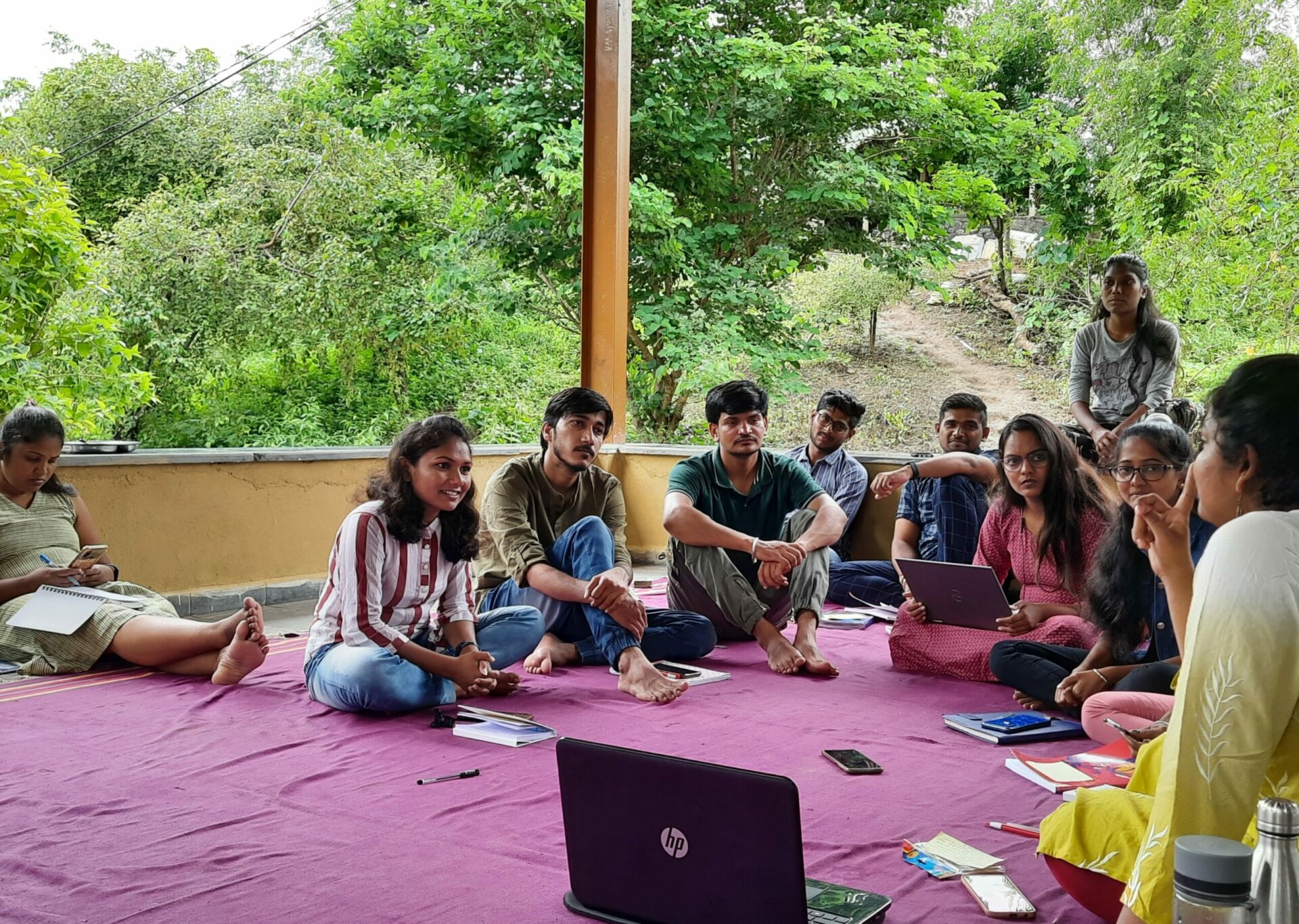For Fellows, Facilitators, and Program Designers
📌 Why This Matters
Problem-solving is not just a skill—it’s a capacity that enables children and adults to face real-world situations with agency and clarity. This article breaks down the building blocks of problem-solving into clear, teachable and observable components, enabling you to scaffold thinking rather than just deliver content.
🧩 Core Pillars of Problem Solving
1. Strategic Thinking
Strategic thinking is about purposeful action—making decisions to reach a goal based on the current situation and available tools. It is domain-neutral and applies across math, language, life, and community challenges.
🔹 Steps of Strategic Thinking
| Step | Guiding Question | Why It Matters |
|---|---|---|
| Recognize the Objective | “What do I want to happen?” | Clarifies purpose. |
| Understand Current Situation | “What’s going on now?” | Sets a starting point. |
| Identify Gaps or Obstacles / Resource Awareness | “What’s missing or in the way?” “What tool/method I can use to solve this problem” | Spot the problem. |
| Break into Steps | “What’s the first thing? Then next?” | Enables planning. |
| Predict and Check | “What will happen if I do this?” “Did it work?” | Encourages learning from feedback. |
These can be taught even to learners with minimal literacy.
2. Logic
Logic is how we ensure our thinking follows sound structure. It has three levels:
🔸 Level 1: Natural Logic (everyday reasoning)
| Component | Enables | Example |
|---|---|---|
| Identification | Naming, recognizing | “This is a triangle.” |
| Comparison | Similarity/difference | “This is heavier.” |
| Classification | Grouping | “Birds have wings.” |
| Sequencing | Order, cause-effect | “First X, then Y.” |
| Causal Reasoning | Linking cause and effect | “He’s wet → it rained.” |
| Generalization | From cases to rules | “Even + even = even.” |
| Inference | Drawing conclusions | “He’s sneezing → maybe sick.” |
| Contradiction Detection | Consistency check | “He can’t be in 2 places.” |
🔸 Level 2: Informal Logic
Used in arguments, debates, and justification. It includes:
- Premises and conclusions
- Fallacies (e.g. false cause)
- Evidence-based reasoning
🔸 Level 3: Formal Logic
Used in math/computers:
- Propositions
- Connectives (AND, OR, NOT)
- Truth tables, proofs
3. Reasoning
Reasoning connects what we know to what we decide or do. It’s the bridge between logic and action.
🔹 Components of Reasoning:
- Premises (What is known)
- Relationships (How things connect)
- Inferences (What follows logically)
🔹 Types of Reasoning:
| Type | Description | Example |
|---|---|---|
| Deductive | General → Specific | “All cows eat grass → Ganga eats grass.” |
| Inductive | Specific → General | “20 cows ate grass → all cows eat grass?” |
| Abductive | Best explanation | “Footprints + eaten grass → cow?” |
| Analogical | Problem by analogy | “Project = kitchen with roles & timing.” |
📚 Conceptual Clarity
This ensures learners don’t just memorize solutions, but understand the ideas behind them.
| Component | Description | Example |
|---|---|---|
| Recognition | Spot core idea | “This is a rate problem.” |
| Differentiation | Distinguish related ideas | Area vs perimeter |
| Structural Understanding | See how parts relate | Multiplication = repeated addition |
| Generalization | Apply in many contexts | Place value in ₹ and distance |
| Application | Use correctly | Ratio in a recipe |
| Flexibility | Switch representations | Graph ↔ Table ↔ Words |
| Explanation | Articulate idea | Why subtraction, not division |
| Integration | Link to other concepts | Fractions → Decimals → Percent |
| Misconception Detection | Spot flawed thinking | “Larger denominator = larger fraction” is false |
🧠 Working Memory and Problem Solving
Working memory is your mental whiteboard—holding information while using it.
Tasks That Load Working Memory:
| Strategic Step | Load Type |
|---|---|
| Goal & Step Planning | Keeping multiple things in mind |
| Option Evaluation | Comparing pros/cons |
| Progress Monitoring | Tracking what’s done/left |
Common Failures:
- Skipping steps
- Forgetting goals mid-task
- Confusing order
🔧 How to Support Working Memory
- Scaffolded Practice
- Break into parts
- Use visuals, cues, checklists
- Cognitive Load Management
- Teach chunking (e.g. 98-76-541 not 9876541)
- Use external supports (notes, diagrams)
- Games & Drills (with transfer)
- Memory games + reflection: “How would this help while filling a form?”
Bonus: Teach meta-awareness: “Am I overloaded?” “Should I write this down?”
🧑🏫 Teaching Problem Solving: A Mindset
Teaching problem solving is messy, slow, and nonlinear. It’s not just delivering content—it’s helping people notice, reflect, and revise.
Good Practices:
- Start with problems learners care about
- Support learners, not just simplify tasks
- Let learners teach each other
- Use judgment: sometimes giving the next step is more strategic
🧰 Summary Table: Core Components
| Component | What It Builds |
|---|---|
| Strategic Thinking | Purposeful action |
| Logic | Sound structure |
| Reasoning | Informed conclusions |
| Conceptual Clarity | Deeper understanding |
| Working Memory Support | Successful multi-step execution |
✅ Use This When:
- Designing assessments and tasks
- Planning learning interventions
- Observing problem-solving struggles
- Coaching fellows or learners on thinking skills
Let me know if you’d like a printable poster version, facilitation guide, or learner-friendly version of this summary.
